Essential Information - Lhasa to Kathmandu
Includes Everest Base Camp!
If you need assistance or wish to discuss the tour, please feel free to call us on +44 (0) 1463 417707.
Alternatively, you can email us on office@redspokes.co.uk for more information on this adventure holiday.
Key Stats
9/10
Extreme
Cycling Difficulty
Extreme
70 km
45 miles
Average Daily distance
45 miles
692 m
2,270 ft
Average Daily Ascent
2,270 ft
19
Days
No. of Days Cycling
Days
Tour Features
- Kathmandu: Durbar Square, Sagarmatha Bazaar.
- Kathmandu Valley
- Lhasa: Potala Palace, Jokhang Temple.
- Base Camp Everest.
- Five mountain passes above 5000m.
- Fifty hairpin bends over the Pang La Pass.
Customer Testimonial
"The trip was amazing. The scenery fantastic. Like being in another world. The distances are fine and once you are over the altitude sickness it was plain sailing. Almost all..."
Sandy Hore-Ruthven








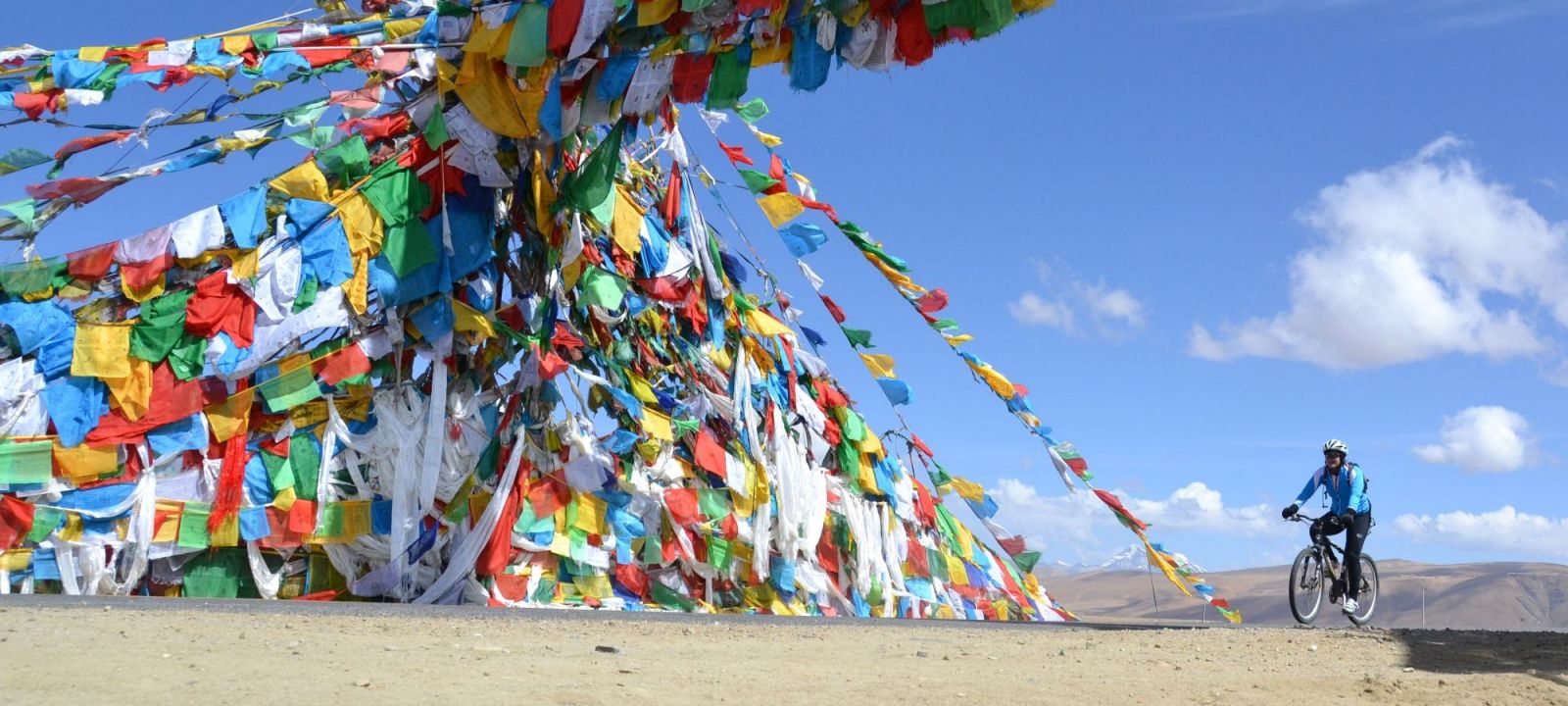
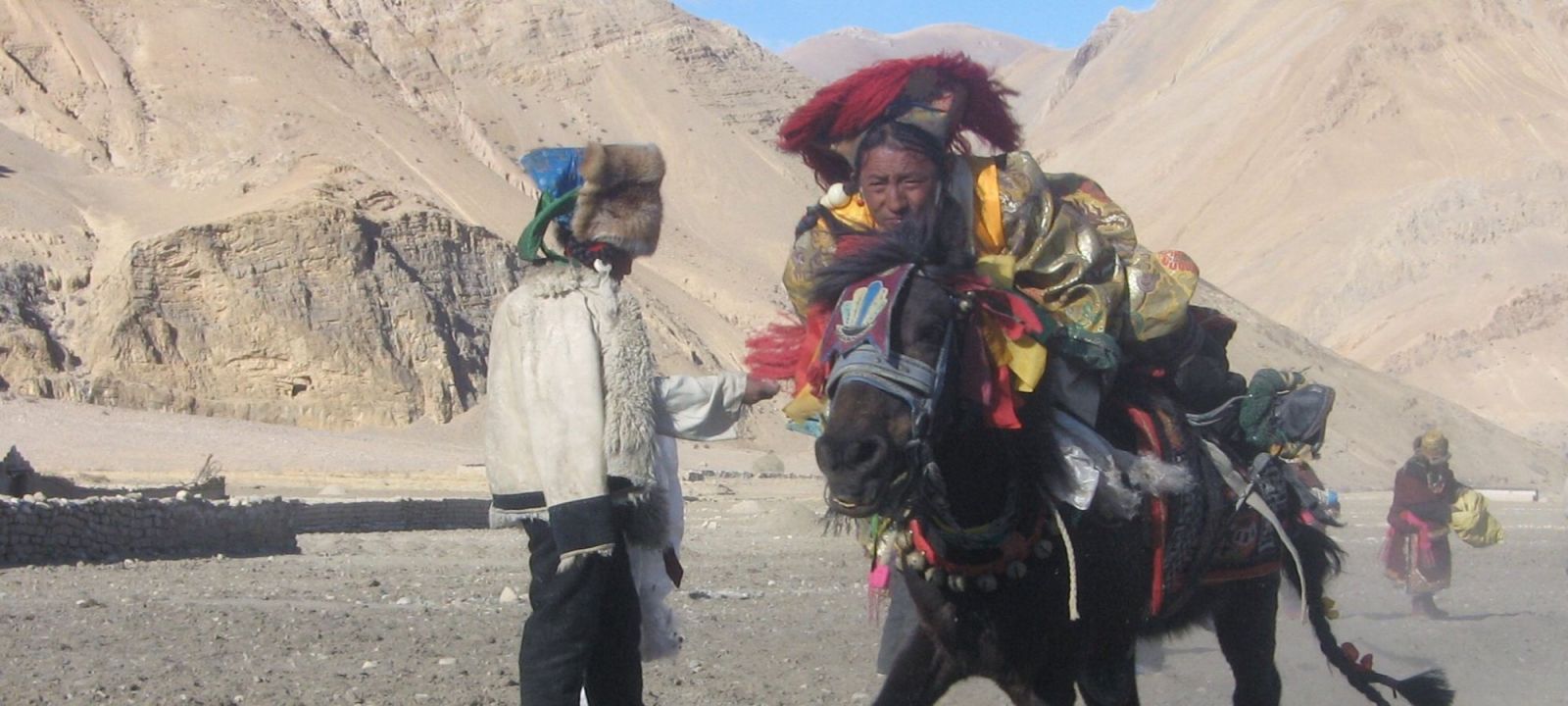
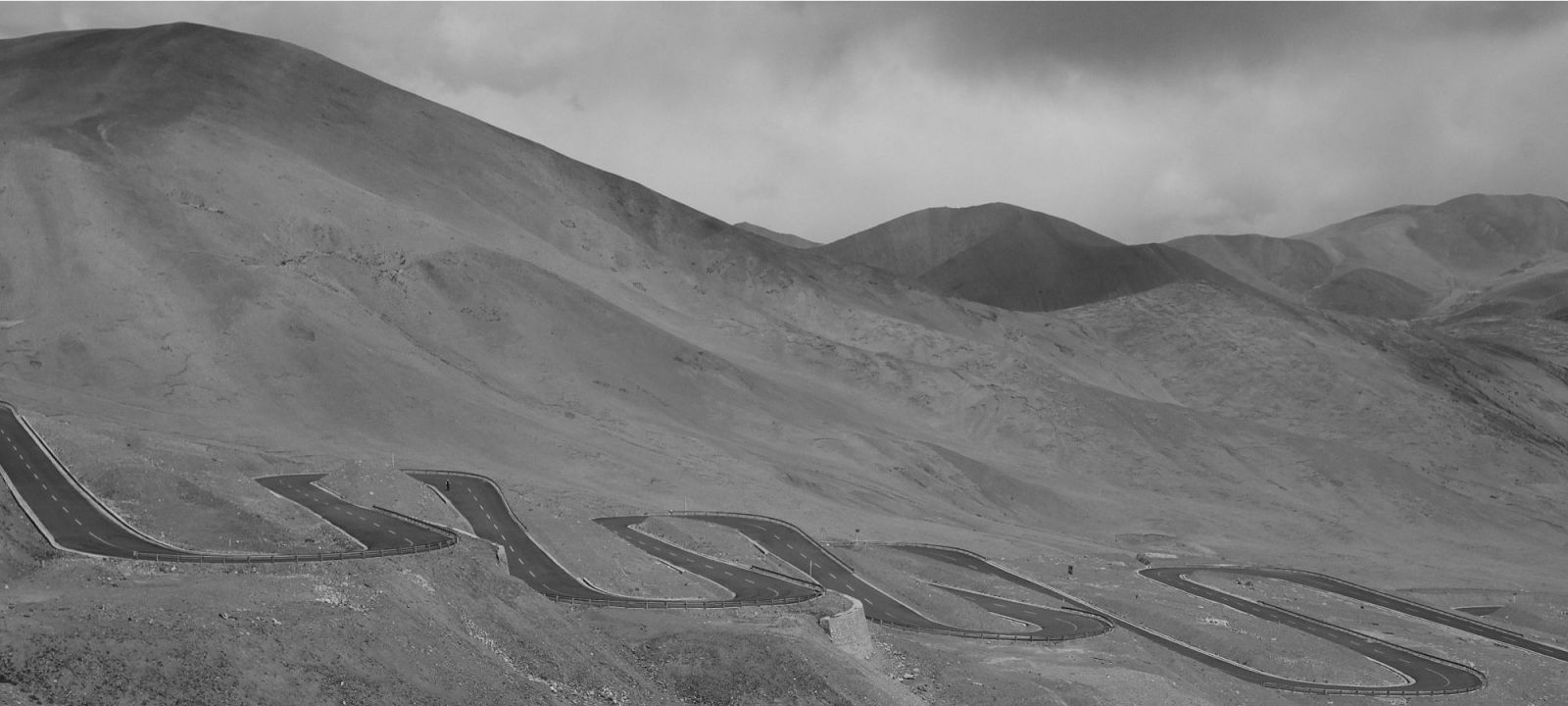
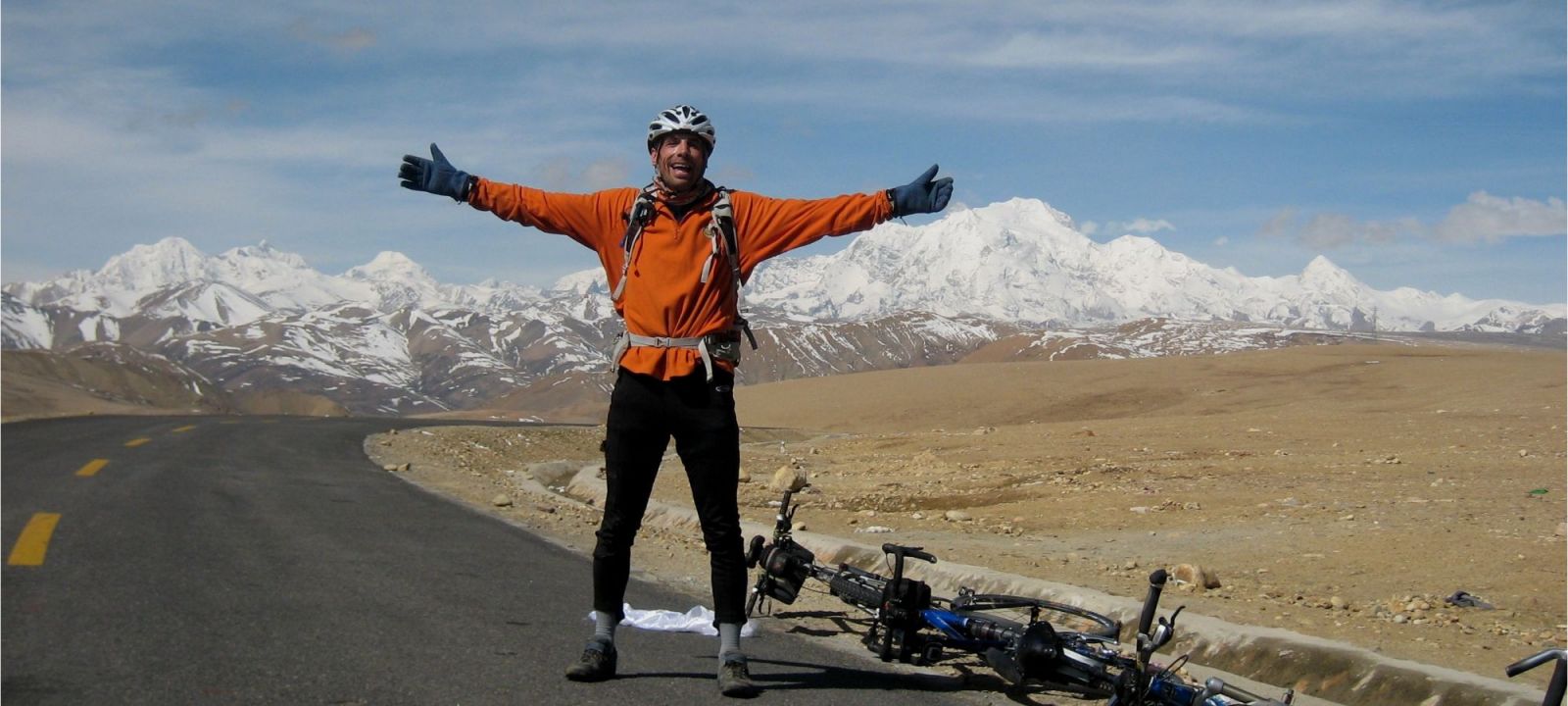
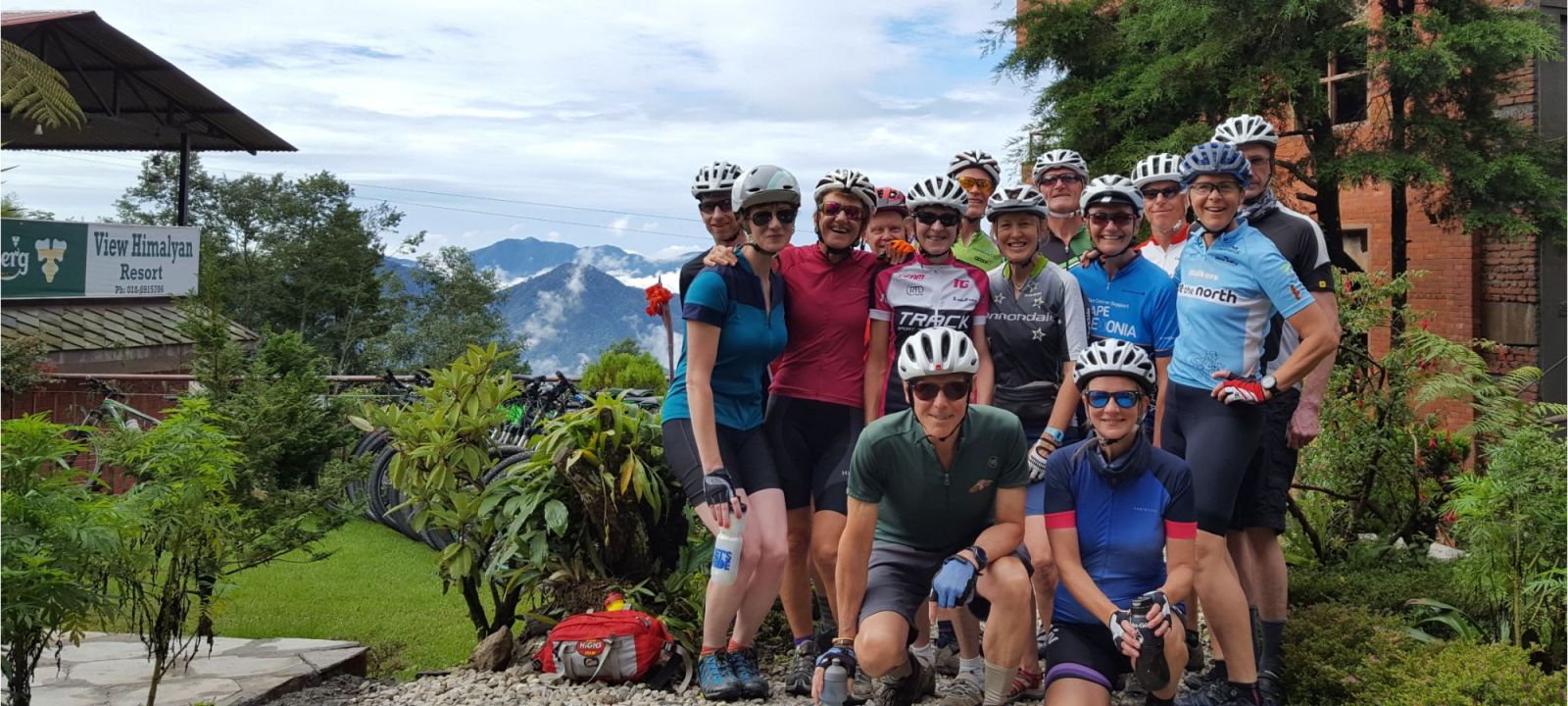
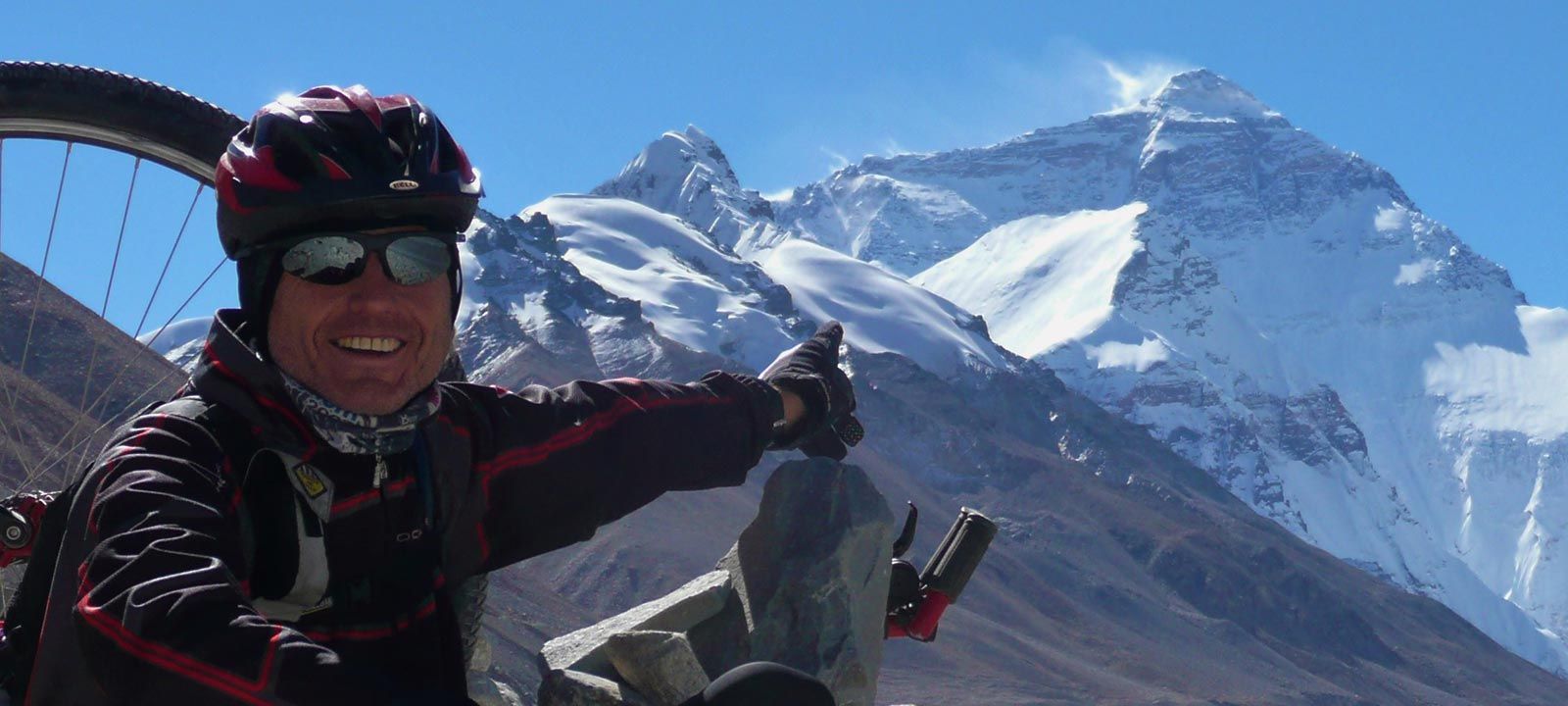
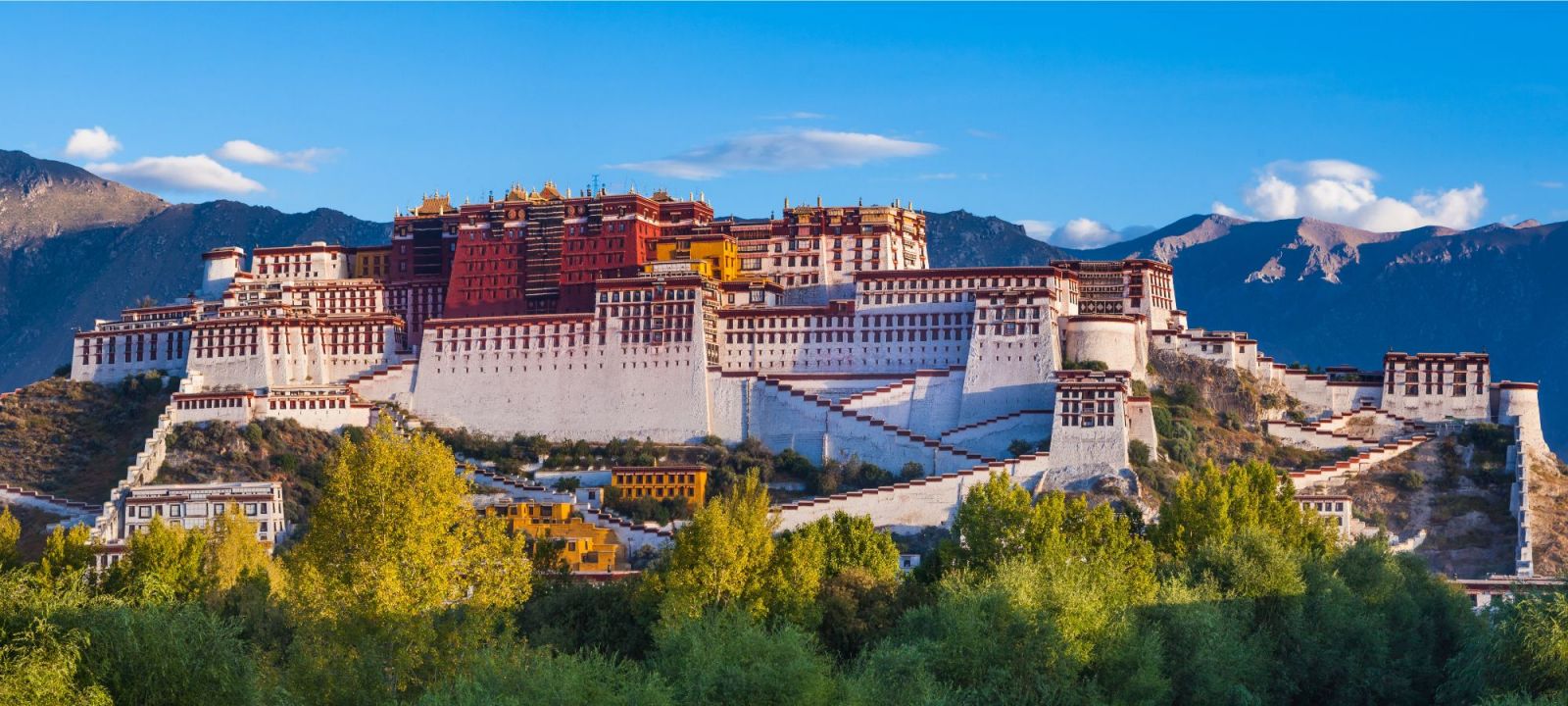

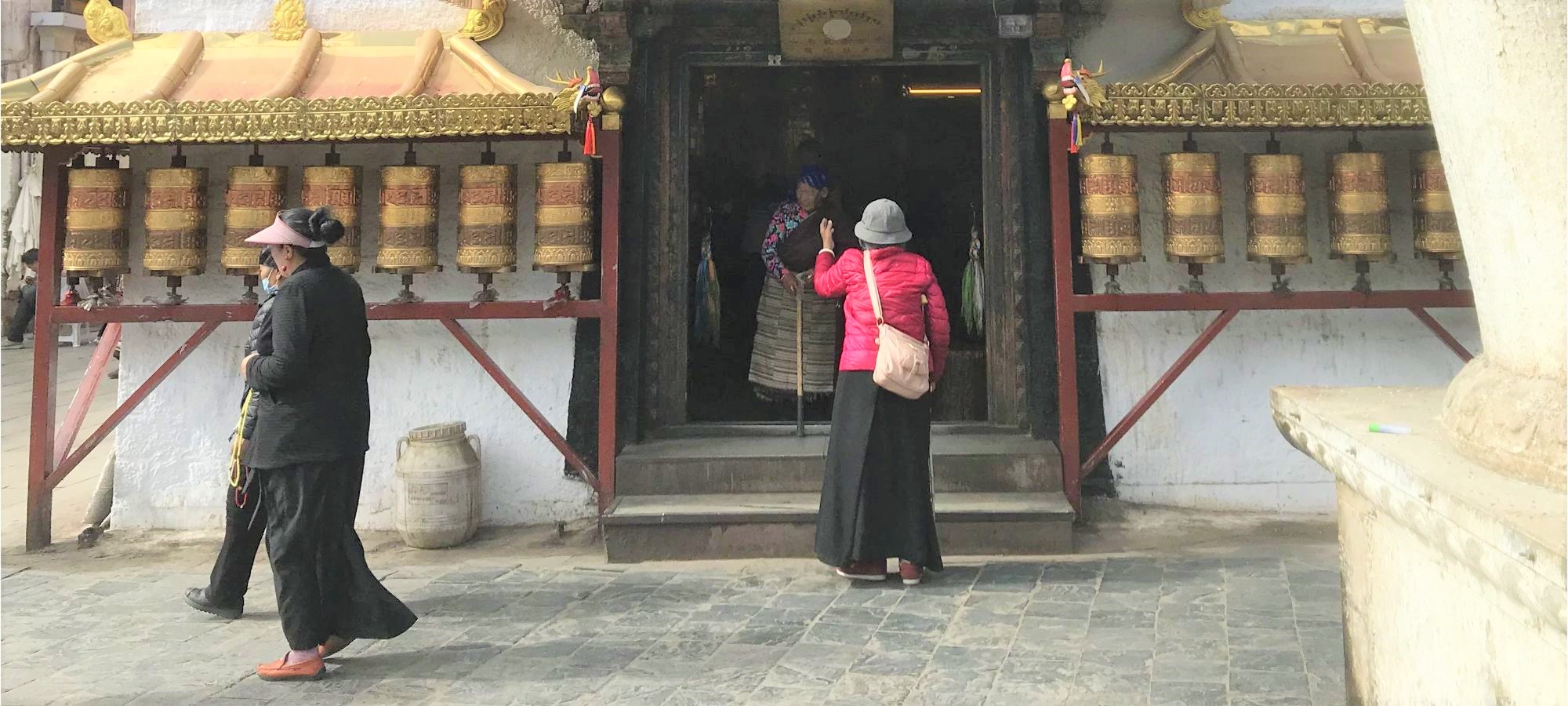
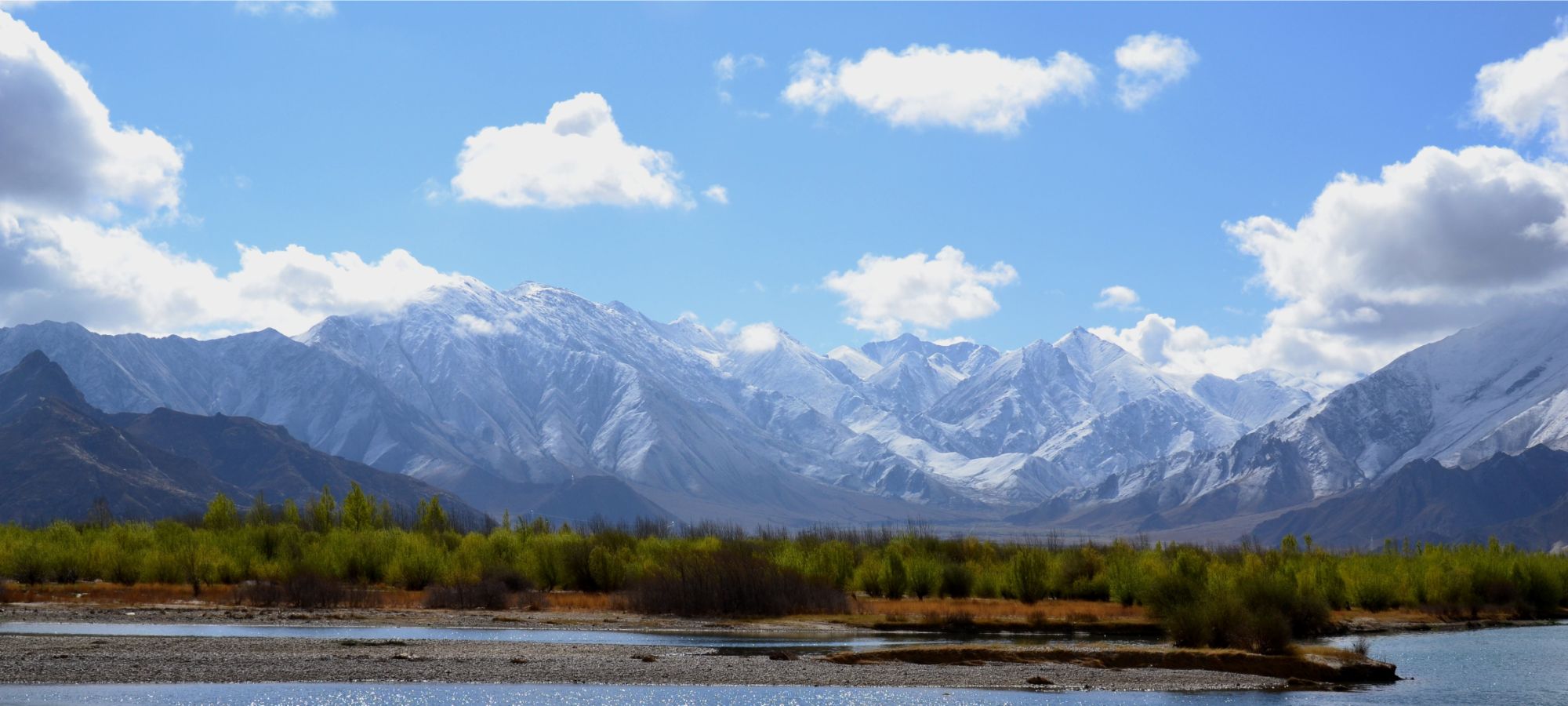
.jpg)
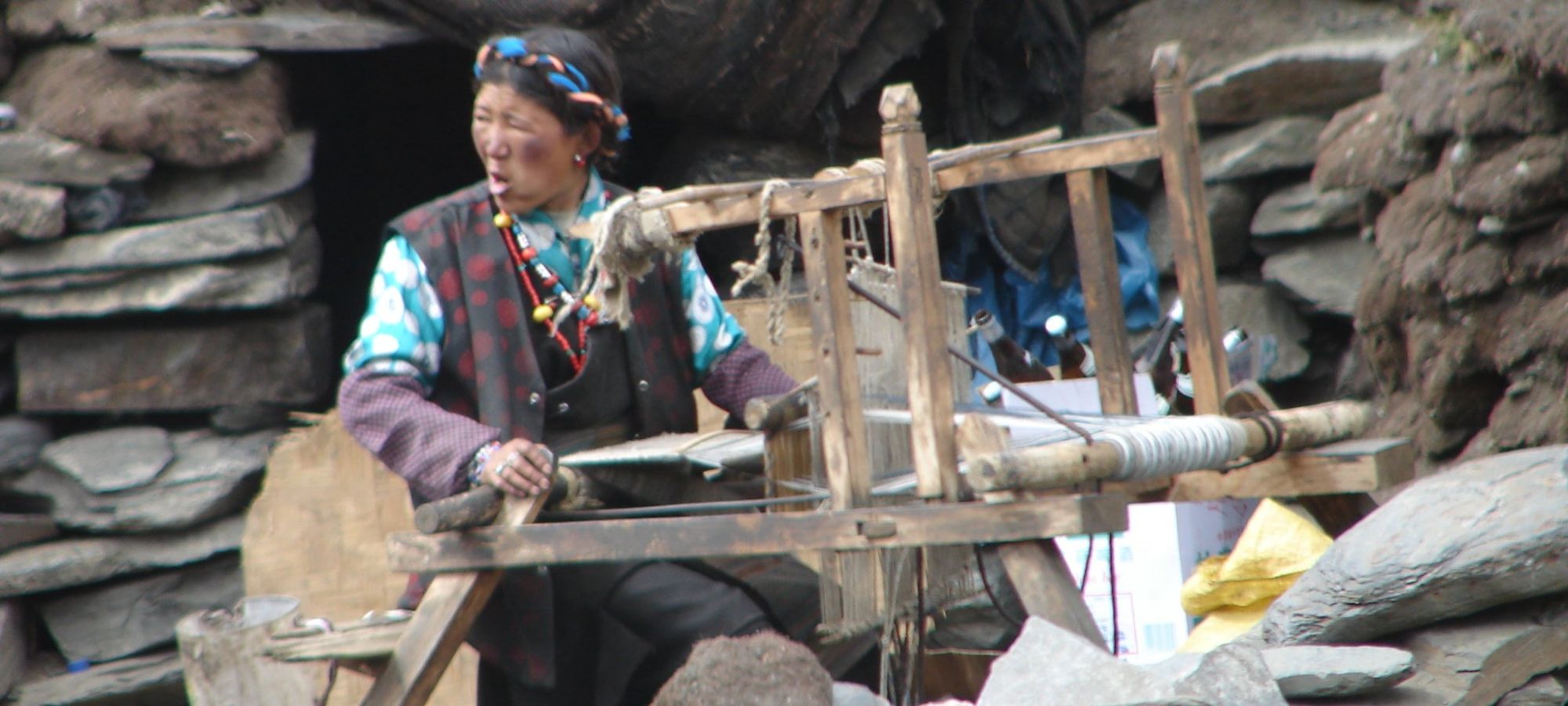
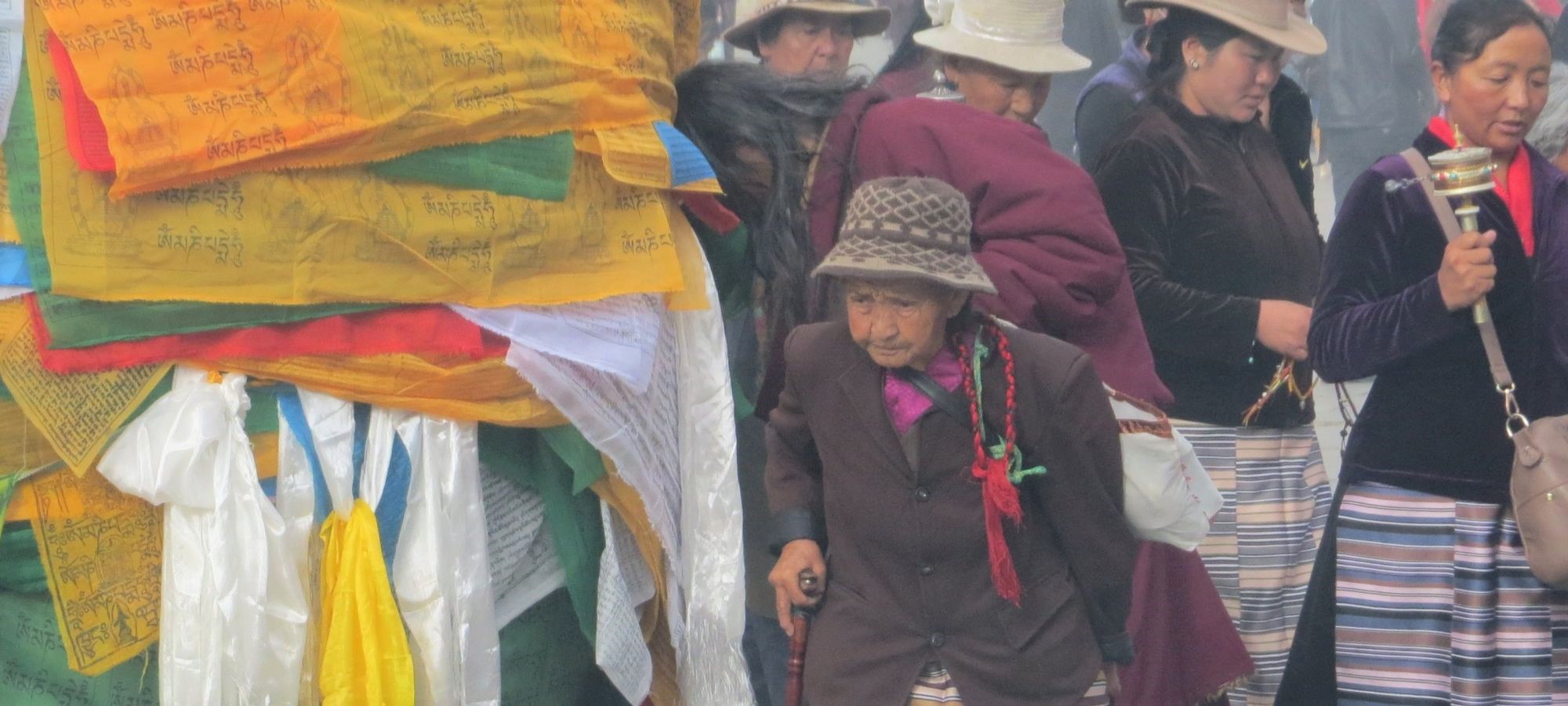

.jpg)